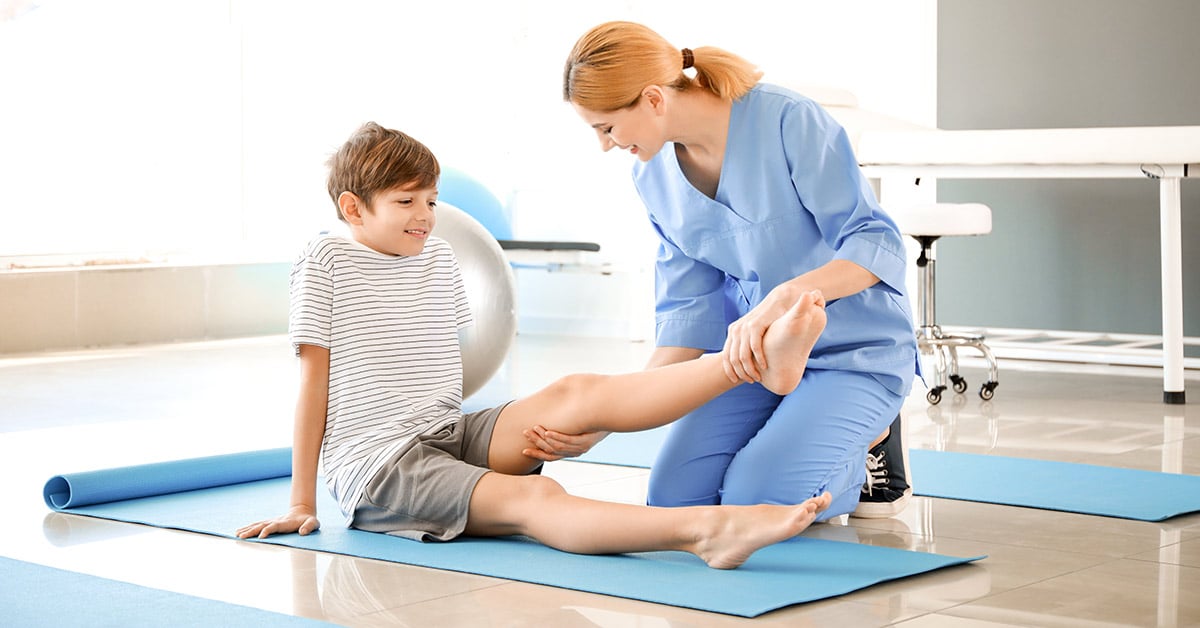Efficient Approaches for Reducing Dyspnea in Physiotherapeutic Therapy Appointments
Efficient Approaches for Reducing Dyspnea in Physiotherapeutic Therapy Appointments
Blog Article
Breathing difficulties, or difficulty respiration, is a frequent concern that many people face, particularly those with long-term lung conditions, heart problems, or other health conditions. In rehabilitation therapy sessions, addressing dyspnea is essential for helping patients improve their overall quality of life. By utilizing specific techniques and approaches, physical therapists can help patients in managing their breathing difficulties. Understanding these effective approaches can empower both therapists and patients to work together more effectively in addressing challenges related to dyspnea.
One of the primary methods used to reduce breathing difficulties in physical therapy is the practice of controlled breathing activities. These activities often concentrate on diaphragmatic breathing, which promotes patients to use their breathing muscle rather than their upper thoracic muscles when breathing in. This method helps to maximize lung capacity and efficiency. Additionally, pursed-lip breathing is another approach that can be helpful. This technique involves inhaling through the nose and exhaling slowly through pursed lips, which can help to keep airways open longer and make breathing feel more manageable. By including these activities into therapy appointments, physical therapists can provide patients with tools to control their breathing difficulties both during and outside of their appointments.
Another crucial aspect of controlling dyspnea in physical therapy is the creation of an personalized exercise program. Customizing exercises to satisfy the specific needs and capabilities of each patient is essential. Therapists should gradually integrate aerobic exercises, such as ambulating or biking, in a controlled manner, allowing patients to develop their endurance over time. This progressive approach helps patients to feel more comfortable with physical activity while at the same time improving their lung function and overall stamina. It is important for therapists to monitor patients carefully during these exercises to make sure they are not overworking themselves, which could lead to increased shortness of breath.
Teaching also plays a significant role in reducing breathing difficulties during physical therapy sessions. Providing patients with knowledge about their condition and the mechanisms behind breathing difficulties can enable them to take charge of their health. Therapists can explain how factors like anxiety, posture, and surrounding conditions can affect breathing. By comprehending these ideas, patients can learn to manage their issues more effectively. Techniques such as anxiety reduction strategies and proper body mechanics can additionally assist in minimizing the effects of dyspnea during routine activities and therapy appointments.
In conclusion, successfully alleviating breathing difficulties in physical therapy sessions involves a check over here combination of breathing activities, personalized exercise programs, and patient education. By implementing these efficient methods, physical therapists can help patients manage their breathing difficulties and improve their overall well-being. Working together between therapists and patients is essential to create customized interventions that meet individual needs. With the right support and methods, patients can find relief from breathing difficulties and participate more completely in their physical therapy journey, ultimately leading to a better standard of life.